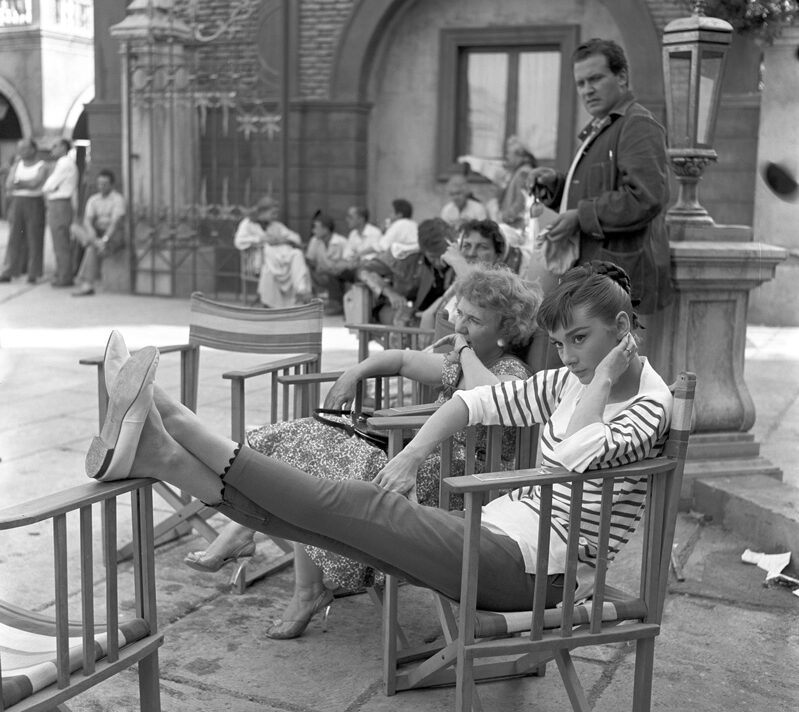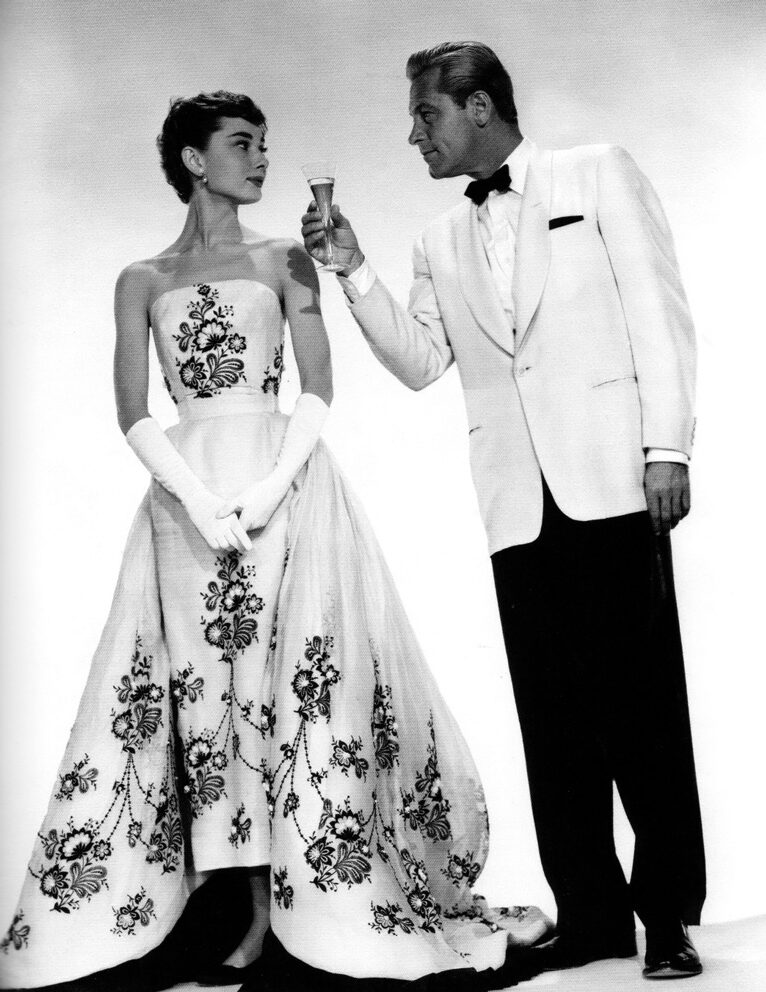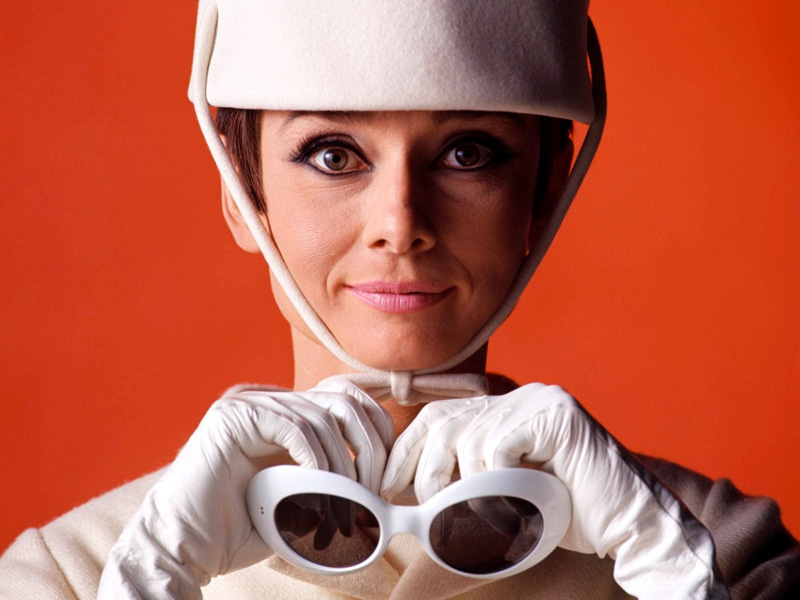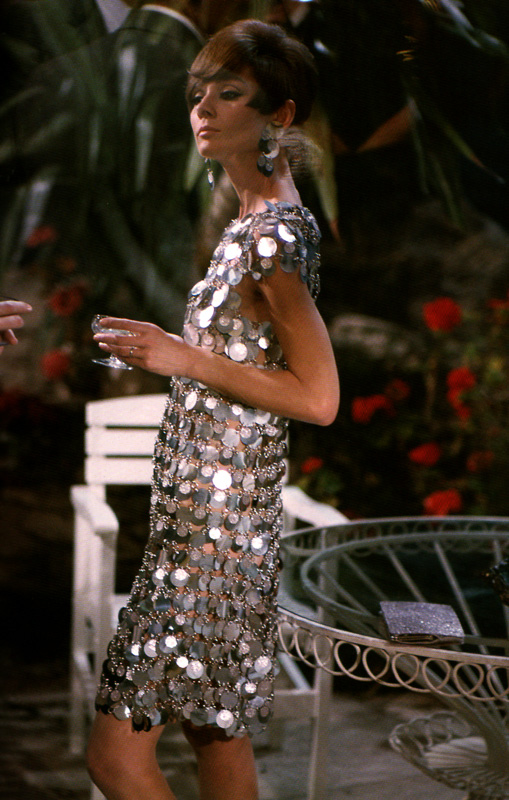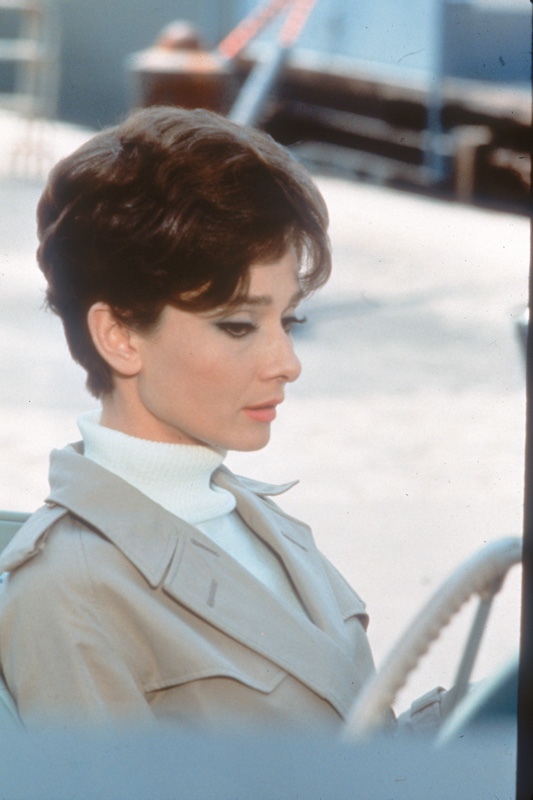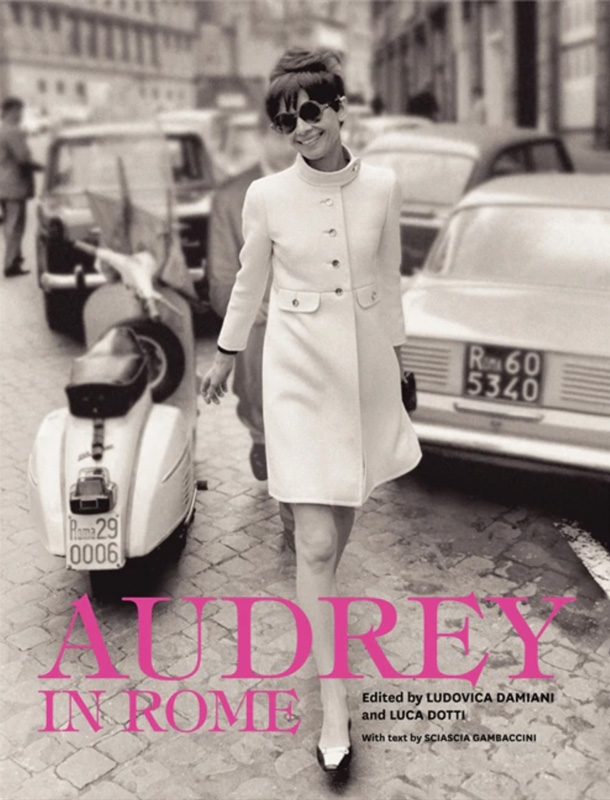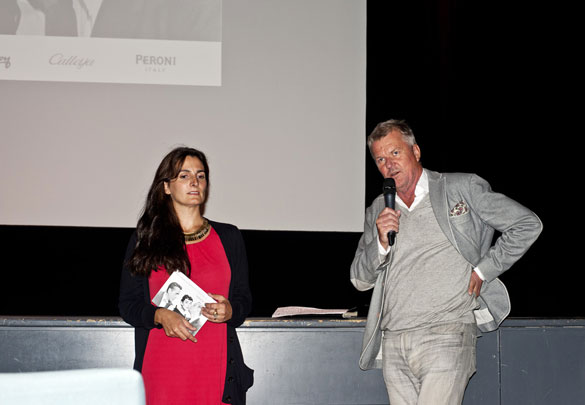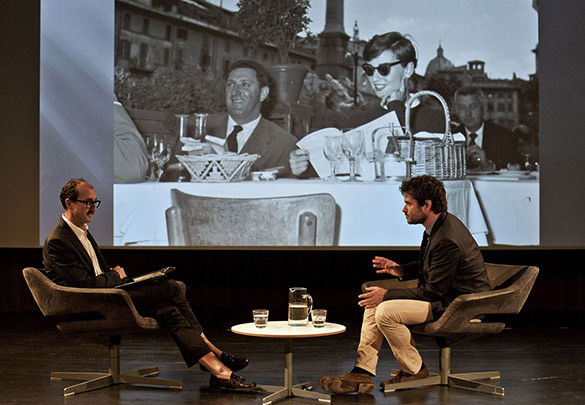VICTORIA AND ALBERT MUSEUM
Cromwell Road
London SW7 2RL
CINÉ LUMIÈRE
17 Queensberry Place
London SW7 2DT
Audrey Hepburn’s style is one of the most emulated and admired in the world. She managed to balance simplicity, comfort and elegance to create a timeless, singularly European sophistication that came to define her persona.
Audrey Hepburn’s allure was about subtlety and effortless gracefulness rather than the flagrant sex appeal that was supposed to personify contemporary stars of the silver screen. Unlike so many other icons of the period, Hepburn’s style was not manufactured by a studio, but was instead entirely idiosyncratic. It called upon both the understated elegance of her upbringing, and the many years of ballet that influenced her physical bearing.
As in some of Hepburn’s films, there is an element of the Cinderella story in her own life. The daughter of an Irish banker and a Dutch baroness, she grew up during the hardship of war-stricken Holland and then moved to post-war London with her mother, where she tried to work as a dancer – albeit unsuccessfully (she was considered too tall) – and then played small roles in theatre and film. However, before long she was discovered by the French writer Colette, who invited her to perform as the protagonist of her play ‘Gigi’ on Broadway in 1951. Success and stardom were imminent.
In 1954, Hepburn’s film Sabrina marked the beginning of a life-long friendship and collaboration with French couturier Hubert de Givenchy. With her simple but striking appearance, she knew exactly how she wanted to be portrayed, and together with Givenchy they created Hepburn’s cinematic style, the success of which has lasted for decades.
This event examined Audrey Hepburn’s career and the role of fashion – particularly that of Givenchy – in both her films and the creation of her image, on- and off-screen.
SABRINA
dir: Billy Wilder
with Humphrey Bogart, Audrey Hepburn, William Holden
USA | 1954 | 113 mins | b&w | cert. PG
A modern-day Cinderella, transformed from the awkward child of a rich family’s chauffeur with no special talents into a polished and sophisticated woman.
Hepburn’s lovesick Sabrina – characterised by youthful innocence and vulnerability – is transformed into an elegant and sophisticated woman, all the while maintaining Hepburn’s innate vigour. Famously, this is the film in which she wore Givenchy’s clothes for the first time. Costume designer Edith Head won an Oscar for best costume design, but it was Givenchy who was responsible for the most emblematic outfits Hepburn wears in the film. Sabrina made Hepburn’s chic gamine style famous, as well as what came to be known as the “décolleté Sabrina”.
CINÉ LUMIÈRE – FRI 6 SEP | 6:15PM
A seminar in three parts, with tea break and Q&A exploring Audrey Hepburn’s style, as well as the role of fashion in her career.
AUDREY HEPBURN: A STYLE
Prof. Stella Bruzzi examined the creation of Audrey Hepburn’s style, its evolution through the 50s and 60s, and its influence on the female audience, as well as fashion.
THE CINDERELLA STORY
Dr. Rachel Moseley explored aspects of the Cinderella story in some of Hepburn’s films, and the evolution of her characters through clothes.
HEPBURN AND GIVENCHY: WHO WAS THE MAKING OF WHOM?
This talk by Drusilla Beyfus looked at the professional relationship between Hubert de Givenchy and Audrey Hepburn, as well as the clothes the designer created for her.
SPEAKERS:
Prof. Stella Bruzzi is Professor in the Department of Film and Television Studies at University of Warwick. She has written extensively on gender and identity, fashion and costume and her books include Fashion Cultures (co-edited with Pamela Church Gibson) and Undressing Cinema: Clothing and Identity in the Movies.
Dr. Rachel Moseley is Associate Professor of Film & Television Studies at the University of Warwick and has researched the enduring appeal of Audrey Hepburn (Growing up with Audrey Hepburn). She has also edited collections on film stars (Fashioning Film Stars), on fashion, feminism and popular culture and has written about teen television drama in the UK and US.
Drusilla Beyfus is a journalist, author, broadcaster and a well-known commentator on modern modes and manners. Formerly a senior tutor at Central Saint Martins College of Art and Design, she has contributed to numerous magazines and newspapers, featured in many TV and radio programmes and is the author of several books on etiquette. Vogue on Hubert de Givenchy by Drusilla Beyfus will be published October 2013.
VICTORIA AND ALBERT MUSEUM – SAT 7 SEP | 2:00 – 5:00PM
HOW TO STEAL A MILLION
dir: William Wyler
with Audrey Hepburn, Peter O’Toole, Eli Wallach
USA | 1966 | 123 mins | col | cert. PG
In an effort to conceal her father’s art forgery, Nicole seeks help in art expert and investigator Simon – whom she believes to be a burglar – to help her steal a false statue her father has lent to a museum, saying it was authentic. Here, Givenchy retained Hepburn’s trademark elegance, but modernised her looks with a British 60s Mod feel, black rainboots, and space-age accessories along the lines of those designed by young designers of the time such as Paco Rabanne.
With these designs, a bright new hair cut and and cutting-edge make-up by loyals Alberto and Grazia de Rossi, Hepburn displays a mature but well-defined look.
CINÉ LUMIÈRE – SAT 7 SEP | 6:40PM
TWO FOR THE ROAD
dir: Stanley Donen
with Audrey Hepburn, Albert Finney
UK | 1967 | 111 mins | col | cert. PG
Mark and Joanna are a married couple travelling by car in the South of France. Through the non-linear structure of the film, the viewer is shown previous trips made by the couple, as well as the development of their relationship. Style – whether it be through cars, clothing, hair-style or make-up – is critical in showing this evolution. On this occasion Donen decided not to work with Givenchy, and instead tried something new. The result was an eclectic, dynamic wardrobe that included designs by Ken Scott, Michèle Rosier, Paco Rabanne, Mary Quant, Foale and Tuffin, Courrèges and many others. They all exude modernity and colour, with both a taste of Swinging London, and the French designers’ inclination for metal, plastic and other synthetic materials.
Charles Morgan, Managing Director of Morgan Motor Company, presented the film highlighting the relevance of style when telling a story.
CINÉ LUMIÈRE – SUN 8 SEP | 4:15PM
AUDREY HEPBURN IN ROME
For 20 years – from the 1950s to the 1970s – Audrey Hepburn lived in Rome. During this time she made the gradual transition from a Hollywood starlet to an established actress, as well as raising two sons in her adopted home city.
A key period in her life, she made some of her most famous films during this time, including Roman Holiday and Breakfast at Tiffany’s.
Luca Dotti, Audrey Hepburn’s son, was at the Victoria and Albert Museum to give a personal account of this time in his mother’s life. Using never-before-seen photographs from his new book, Audrey in Rome, to illustrate his talk, Dotti shared personal memories and anecdotes from this period in the life of a woman who was not only one of the world’s most famous actresses and important style icons, but also a loving and beloved mother.
VICTORIA AND ALBERT MUSEUM – TUE 10 SEP | 6:30 – 7:30PM


